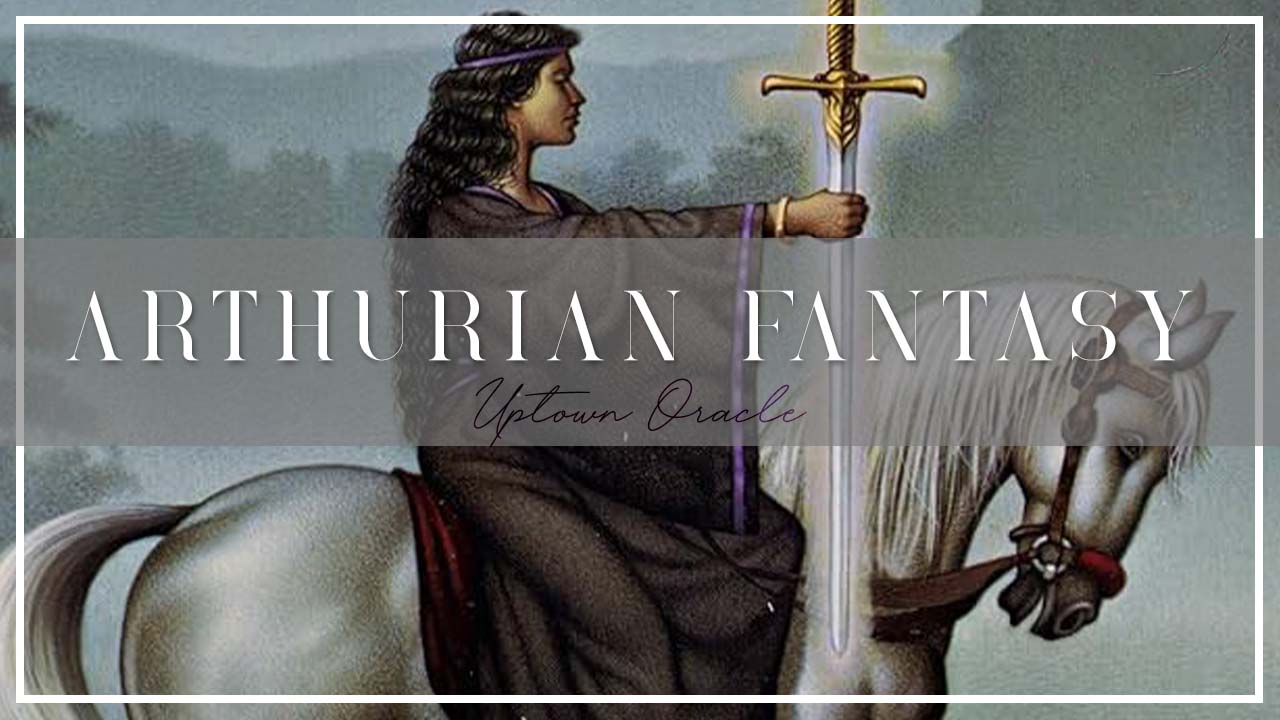Arthurian fantasy is one of the most enduring and beloved subgenres in fantasy literature, weaving together history, myth, magic, and timeless human struggles. From medieval romances to modern feminist retellings, the legends of King Arthur, Merlin, and the Knights of the Round Table continue to inspire readers and writers alike.
What is Arthurian Fantasy?
Arthurian fantasy refers to works of fiction that draw upon the body of legends surrounding King Arthur and his court. These stories often feature familiar characters like Arthur, Guinevere, Lancelot, Merlin, Morgana, and Mordred, along with key symbols such as Excalibur, the Holy Grail, and Camelot. While the stories may vary in tone, setting, and interpretation, they are united by a shared connection to the Arthurian mythos.
Defining Characteristics of Arthurian Fantasy
- Myth and Legend: Arthurian fantasy blends historical elements with magical and mythical themes, often drawing on folklore and oral traditions.
- Heroic Quests: Central to many stories is the quest, whether it’s for the Holy Grail, personal redemption, or the salvation of a kingdom.
- Complex Morality: Arthurian tales explore loyalty, betrayal, honour, and the tragic flaws of even the noblest characters.
- Magical Elements: Enchanted artefacts, prophetic visions, and shape-shifting sorcery play key roles.
- Romantic and Political Intrigue: The tensions between love, duty, and power often drive the heart of these stories.
The History and Evolution of Arthurian Fantasy
Arthurian legends date back to medieval Europe, with early sources like Geoffrey of Monmouth’s Historia Regum Britanniae (12th century) and Chrétien de Troyes’ courtly romances. Over centuries, the tales evolved, reflecting the values and anxieties of each era — from Malory’s Le Morte d’Arthur in the 15th century to T.H. White’s mid-20th-century The Once and Future King.
Modern Arthurian fantasy has embraced reinterpretation, centring often-marginalised voices and adding new perspectives, such as feminist, LGBTQ+, and postcolonial retellings. Authors today continue to expand the genre by blending it with contemporary fantasy, historical fiction, and even urban settings.
Tropes in Arthurian Fantasy
- The Once and Future King: Arthur as a symbol of hope, destined to return in Britain’s greatest hour.
- The Noble Betrayer: Lancelot, Mordred, and others who embody the tension between loyalty and personal desire.
- The Wise Mentor: Merlin as the archetypal wizard and guide.
- The Grail Quest: A spiritual or heroic journey marked by trials and transformation.
- The Fall of Camelot: The rise and tragic downfall of an idealised golden age.
- Magical Artefacts: Legendary items like Excalibur, enchanted scabbards, or magical rings.
Must-Read Arthurian Fantasy Books and Authors
- The Mists of Avalon by Marion Zimmer Bradley: A feminist retelling from the perspective of the women of Camelot.
- Legendborn by Tracy Deonn: A contemporary, diverse take on Arthurian legend set in a Southern university.
- The Once and Future King by T.H. White: A classic, playful, yet poignant reimagining of Arthur’s life.
- The Winter King by Bernard Cornwell: A gritty, historical series that strips the legend down to its raw, human elements.
- Sword Stone Table edited by Swapna Krishna & Jenn Northington: An anthology of diverse modern retellings.
- Lancelot by Giles Kristian: A fresh look at the life of one of the most tragic figures in Arthurian myth.
The Future of Arthurian Fantasy
Arthurian fantasy remains an evergreen genre because it constantly reinvents itself. Today, authors are pushing the boundaries by amplifying underrepresented voices, subverting traditional tropes, and exploring new settings, such as science fiction or urban fantasy. As readers continue to crave stories that balance the mythic with the modern, Arthurian fantasy will keep evolving to reflect the hopes, fears, and dreams of each new generation.
Arthurian fantasy is much more than just tales of knights and kings; it’s a living, evolving tradition that bridges the past and the present. Whether you’re drawn to its heroic quests, its tragic romances, or its deep explorations of power and destiny, this genre offers a timeless journey into the heart of myth and magic.



Leave a Reply